- #For everyone
-
アイス
Japanese ice cream is known for its rich dairy flavor and silky texture. Made with high-quality milk and cream, it offers exceptional satisfaction even in small portions. Frequent seasonal and regional varieties reflect Japan’s evolving dessert culture.

-
味玉
A soft-boiled egg marinated in soy sauce and dashi. Commonly served as a ramen topping, yet also enjoyed as a savory side dish with sake, appreciated for its rich and creamy yolk.

-
アジフライ
Ajifurai is breaded and deep-fried horse mackerel. It features a crispy coating and fluffy interior, and tastes especially amazing near the port.

-
油そば
Abura soba is a soupless ramen dish where noodles are mixed with rich sauce and oil. Diners can customize the flavor with chili oil, vinegar, or garlic, making it a personal and flavorful experience.
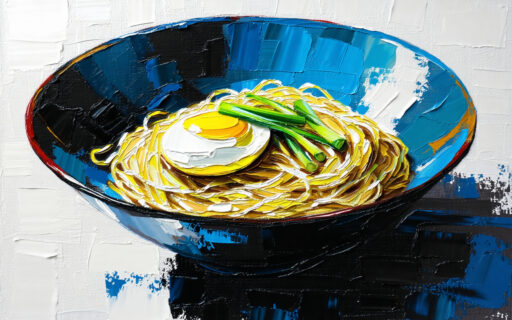
-
ウツボの唐揚げ
Utsubo no Karaage is a local dish from Kochi Prefecture, made by frying moray eel. Despite its fearsome appearance, it has fragrant crispy skin and tender, springy white flesh.

-
枝豆
Edamame are young soybeans harvested before full maturity and typically boiled in salted water. Unlike tofu, natto, or kinako—which are all made from mature soybeans—edamame are enjoyed as a fresh, lightly sweet, and tender snack.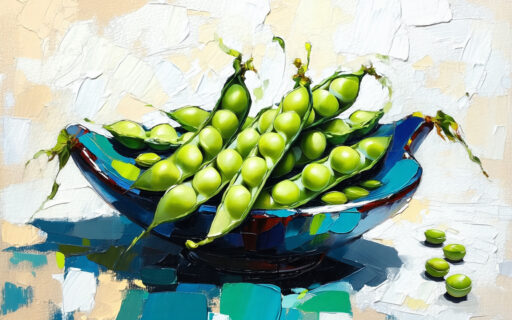
-
おでん
A classic Japanese winter stew with a gentle soy-based broth. Ingredients include daikon radish, boiled eggs, konjac, and fish cakes, simmered for hours. Flavors vary between eastern and western Japan.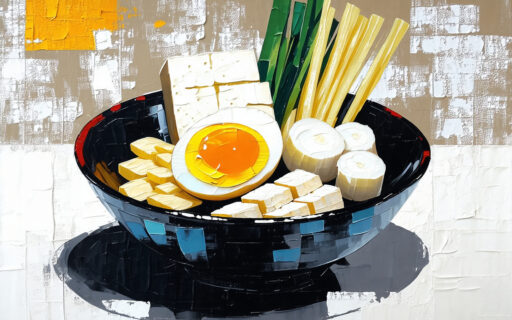
-
オムライス
A beloved Japanese Western-style dish featuring rice sautéed with ketchup and chicken, wrapped in a soft or firm omelet. Variations include fluffy runny eggs or firm layers, and sauces like demi-glace or white sauce. A nostalgic comfort food, also enjoyed with alcohol in creative styles.

-
柿
A classic autumn fruit in Japan, available in sweet and astringent varieties. When fully ripe, it develops a deep sweetness. Eaten fresh or dried as hoshigaki, persimmons symbolize the arrival of fall.

-
かき氷
Kakigoori is a Japanese summer dessert made of shaved ice topped with syrup and other ingredients. Many specialty shops use natural ice, known for its fluffy texture.

-
カップアイス
Japanese cup ice cream is a small, single-serve portion known for rich flavor and high quality. Convenience stores offer premium selections with seasonal and regional flavors, delivering delicate sweetness and satisfying texture unique to Japan.
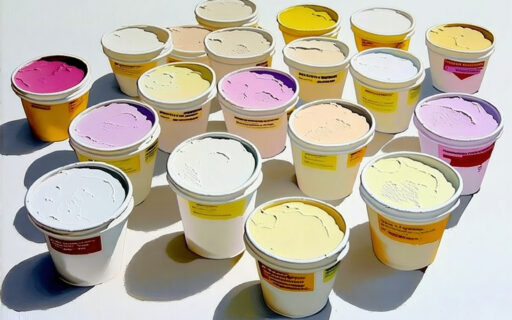
-
唐揚げ
Karaage is a popular Japanese frying method where ingredients are marinated, coated with flour or starch, and deep-fried. It usually refers to chicken but can also be made with fish or vegetables.
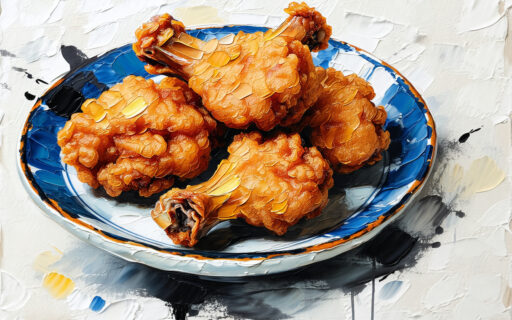
-
カレーパン
Karepan is a Japanese-style fried bread filled with curry. Its crispy crust and spicy filling make it a beloved snack, with specialty shops and even a national Karepan Association.

-
カレーライス
Curry rice is a dish of rice topped with curry. Loved by all ages, from sweet versions for kids to spicy varieties at specialty shops.
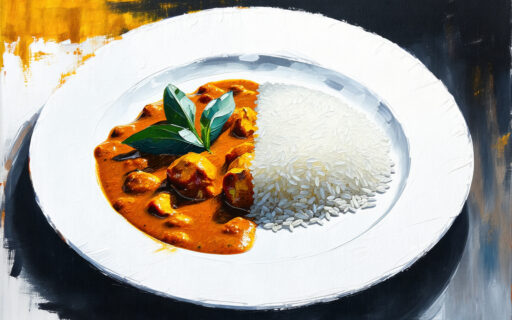
-
牛乳プリン
A smooth, melt-in-your-mouth dessert made primarily with milk, highlighting its natural flavor. Sweet but gentle, often set with eggs or gelatin. A simple yet rich treat loved by all ages and commonly served at cafés and in homes.

-
きりたんぽ鍋
Kiritanpo Nabe is a traditional hot pot from Akita Prefecture, featuring grilled mashed rice skewers called kiritanpo. It’s simmered with chicken, burdock, and mushrooms in Hinai chicken broth, where the rice absorbs the rich umami flavor.
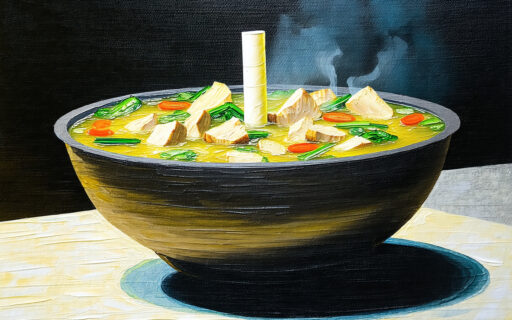
-
串揚げ
Kushiage is a dish of skewered meat, vegetables, or seafood coated in batter and deep-fried. In Kansai, it is also known as “kushikatsu.” Crispy outside and juicy inside, it’s a popular comfort food.
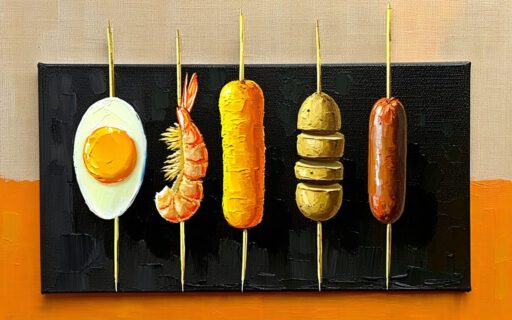
-
串団子
Kushi Dango is a traditional Japanese street food featuring rice flour dumplings skewered on bamboo sticks. It comes in various flavors like mitarashi, anko, and kinako, offering a chewy texture and sweet-savory taste. Often seen at festivals and tourist spots.
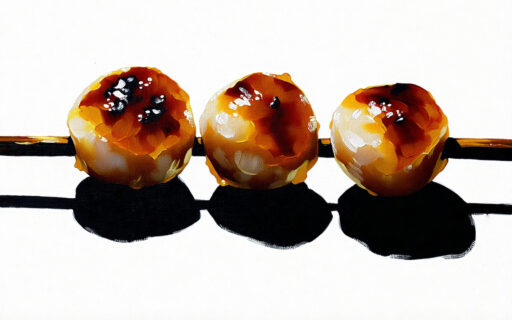
-
串焼き
Kushiyaki refers to the Japanese grilling method of cooking skewered foods over charcoal or a grill. Yakitori is considered a type of kushiyaki, and a variety of ingredients like meat, fish, and vegetables are used.
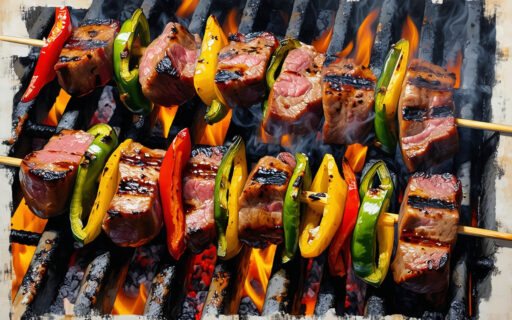
-
栗ご飯
Kurigohan is a seasonal Japanese rice dish cooked with chestnuts, offering a delicate sweetness and nutty aroma that embodies the taste of autumn.
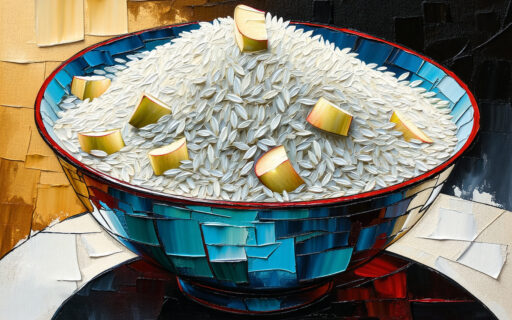
-
けんちん汁
Kenchin-jiru is a soup made by sautéing root vegetables and tofu in sesame oil before simmering them in broth. Originally a Buddhist vegetarian dish, it avoids meat and fish.
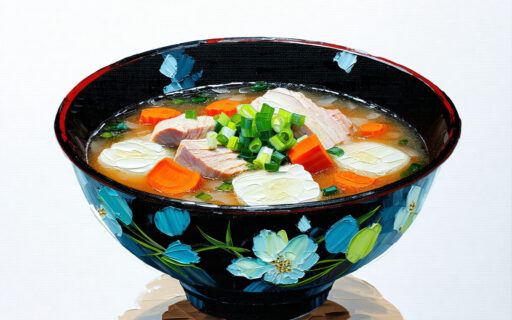
-
コーヒーゼリー
Coffee jelly is a dessert unique to Japan, made by solidifying bitter coffee into jelly form. Unlike sweet jellies overseas, it features a subtle sweetness and mild bitterness. It’s commonly available at convenience stores.

-
刺身
Sashimi is a Japanese method of slicing raw ingredients thinly, typically referring to seafood, but it can also include chicken, konnyaku, or vegetables.

-
讃岐うどん
Sanuki udon is a regional noodle from Kagawa Prefecture, known for its firm and chewy texture. It can be enjoyed in many styles, such as kake, bukkake, zaru, or kama-age.
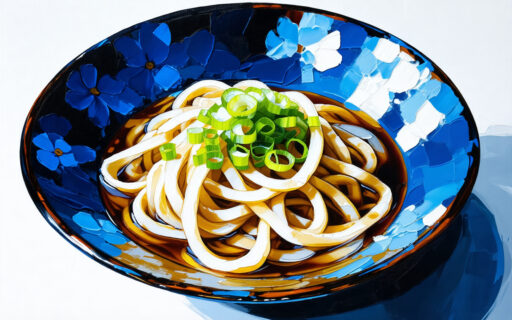
-
三平汁
Sanpei-jiru is a traditional soup from Hokkaido made with salted salmon or other fish. The broth is seasoned only with the salt from the fish, creating a simple yet rich flavor enhanced by kelp and root vegetables. A comforting winter dish.
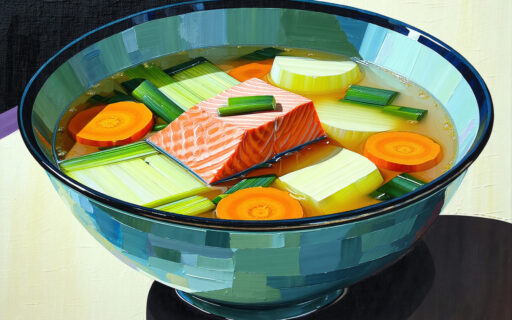
-
椎茸
Shiitake mushrooms are a cornerstone of Japanese cuisine, valued for their rich aroma and umami flavor. They are enjoyed grilled over charcoal or used in soups and stews.

-
しゃぶしゃぶ
Shabu-shabu is a healthy Japanese hot pot where diners cook thin slices of meat and vegetables in hot broth themselves.
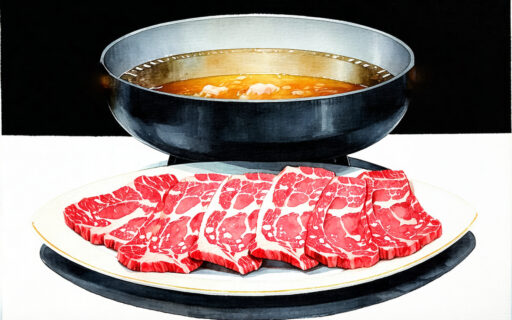
-
赤飯
Sekihan is red rice cooked with glutinous rice and adzuki beans, traditionally served at celebrations. Today, it’s a common and beloved dish even sold at convenience stores.
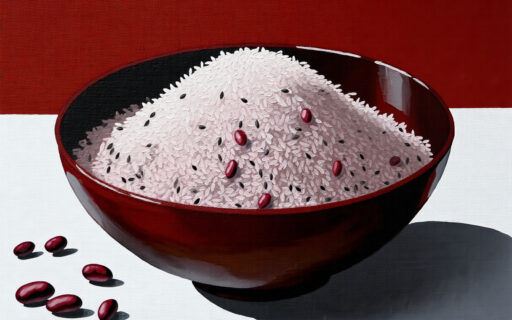
-
ぜんざい
Zenzai is a traditional Japanese dessert made from sweetened red beans. In western Japan, the chunky version is called zenzai, while the smooth one is called shiruko. It’s enjoyed hot in winter and cold in summer.
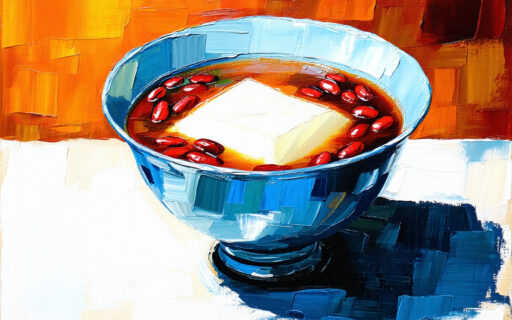
-
雑煮
Zōni is a soup with rice cake, especially eaten during New Year. It is also enjoyed as a snack with sake. Broth and ingredients vary by region, with Kansai using white miso and Kanto using clear soup.
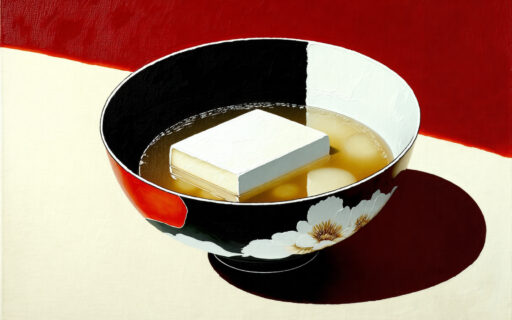
-
蕎麦
Soba is a traditional Japanese noodle made from buckwheat flour. Its delicate aroma and flavor are best enjoyed in simple forms like zaru soba or hot soba. It is also popular as a light closing dish after drinking.
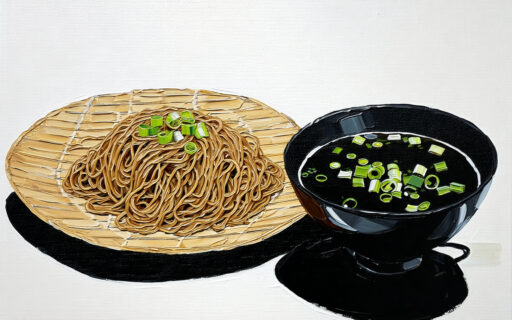
-
たい焼き
Taiyaki is a fish-shaped pastry usually filled with sweet red bean paste. The traditional single-mold style is called “natural,” while mass-produced ones are humorously called “farmed.” It has a crispy shell and soft interior.
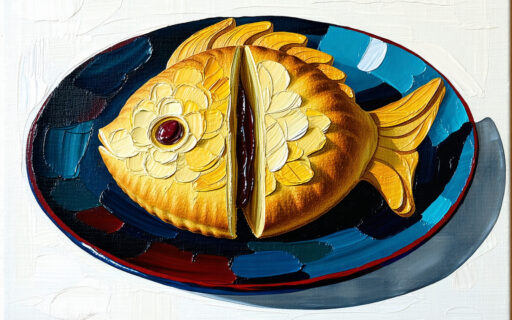
-
炊き込みご飯
A rice dish cooked with ingredients like mushrooms, chicken, and bamboo shoots, allowing the flavors to blend with the rice.
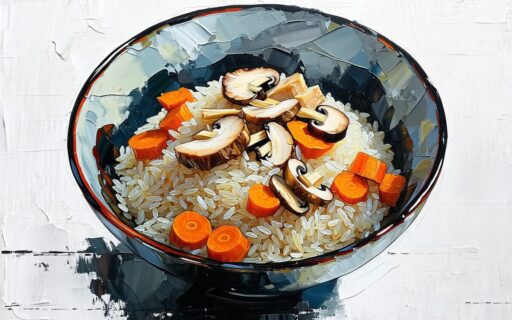
-
玉子焼き
Tamagoyaki is a traditional Japanese rolled omelette made by folding layers of seasoned egg. Known for its fluffy texture and subtly sweet flavor, it is served in various settings such as sushi restaurants, izakaya bars, bento boxes, street stalls, and even specialty shops. The flavor differs by region—sweeter in eastern Japan, and more savory and dashi-rich in the west.
-
ちゃんこ鍋
Chanko Nabe is a hot pot dish made for sumo wrestlers, prepared in sumo stables. There’s no fixed recipe; ingredients and seasonings vary by stable. It’s hearty and nutritious, often including chicken, vegetables, and tofu.
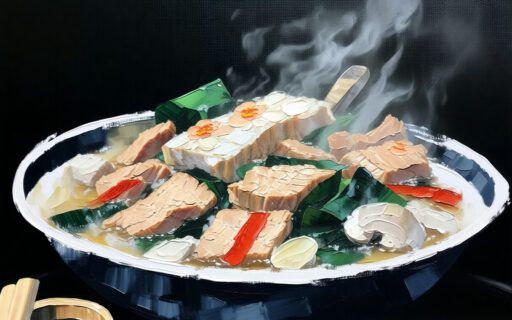
-
ちゃんぽん
A hearty and creamy noodle soup with seafood and pork, distinct from ramen due to its stir-fried ingredients and thick broth.
-
定食
Teishoku is a Japanese set meal including rice, miso soup, a main dish, and side dishes served on separate plates. Options range from grilled fish to sashimi and fried foods. It’s affordable and nutritionally balanced.
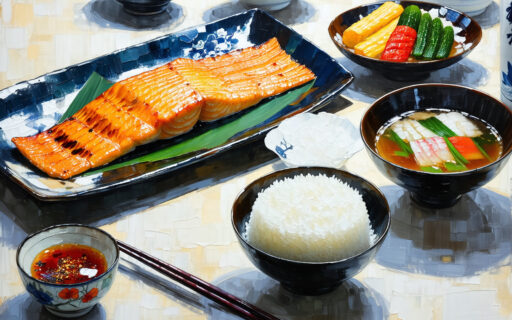
-
鉄板焼き
Teppanyaki is a cooking method where ingredients are grilled on a hot iron plate. It includes dishes like steak and okonomiyaki. At upscale restaurants, wagyu beef and abalone may be served and cooked before your eyes.
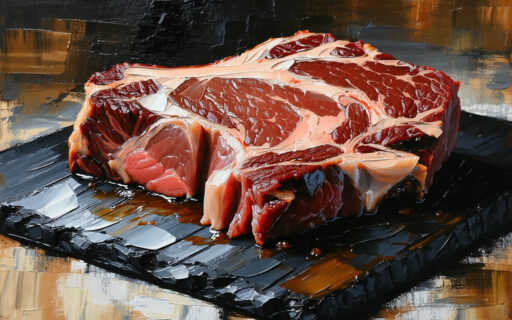
-
豚汁
Tonjiru is a hearty miso soup with pork, commonly enjoyed as a homestyle dish in Japan. Ingredients vary by region and household, including vegetables and konnyaku.
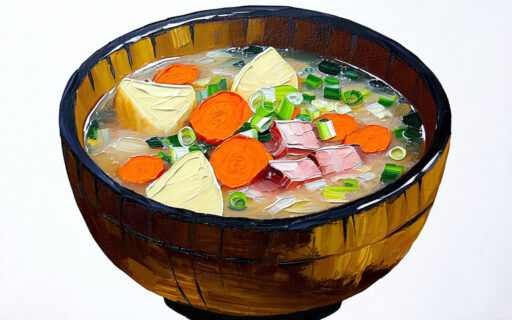
-
ナポリタン
Naporitan is a Japanese pasta dish made with ketchup, sausage, onion, and bell pepper. Though inspired by Italy’s “Spaghetti alla Napoletana,” it differs completely in preparation and flavor, symbolizing Japan’s Western-style cuisine.
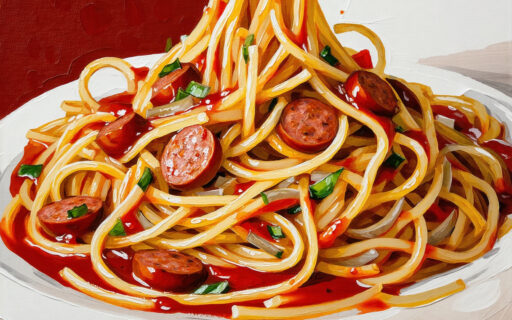
-
博多うどん
Hakata Udon is a signature noodle dish from Fukuoka, known for its soft, tender noodles. Unlike the firm, chewy Sanuki udon, Hakata udon offers a gentle texture paired with a light, comforting broth.
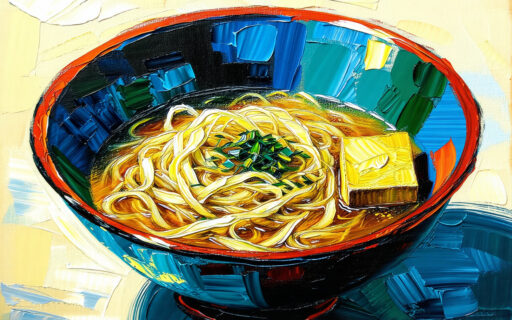
-
浜焼き
Hamayaki is a style of grilling freshly caught seafood near fishing ports. It highlights natural flavors, combining ocean aroma with smoky charcoal notes.
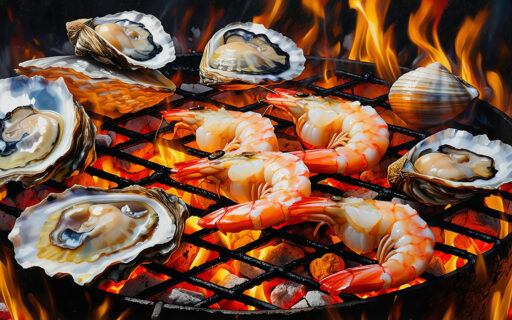
-
冷や汁
Hiyajiru is a local dish from Miyazaki, made by mixing miso with chilled broth and adding cucumber, tofu, and herbs. It is often poured over rice, refreshing in hot summer, and pairs well with drinks.
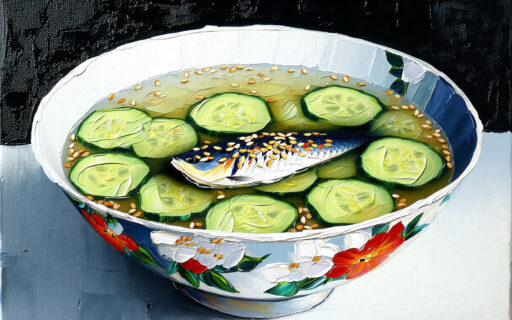
-
豚の生姜焼き
Buta no Shogayaki is a dish of thinly sliced pork sautéed in a soy sauce and ginger glaze. The sweet-salty flavor and aroma make it a classic rice companion, and it stands alongside tonkatsu as a signature Japanese pork dish.
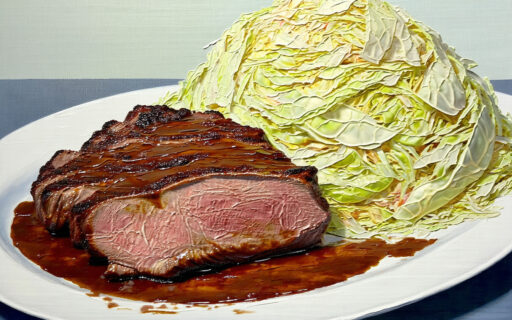
-
ぶり大根
This simmered dish steeps daikon in the rich flavors released from yellowtail trimmings. The tender, flavorful daikon often becomes the true star, and its sweet-savory taste pairs wonderfully with sake.

-
ほうとう
Hōtō is a traditional dish from Yamanashi Prefecture, featuring thick flat noodles, pumpkin, and root vegetables simmered in miso broth. Especially comforting on cold days.
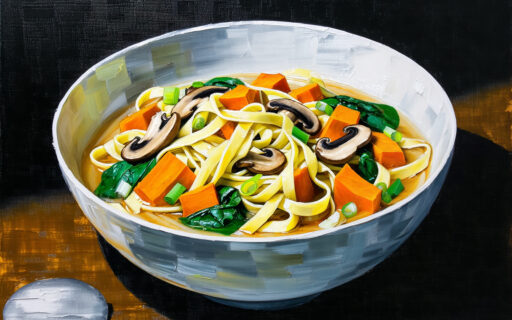
-
ポテサラ
In Japan, “potesara” is a popular abbreviation for potato salad, and it’s a staple on izakaya menus. Made with mashed potatoes mixed with mayonnaise, cucumber, carrot, and sometimes ham, each restaurant often adds its own twist.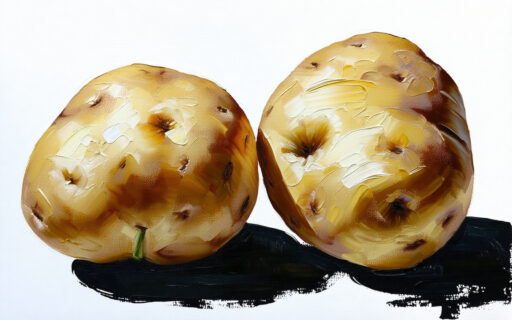
-
松茸ご飯
Matsutake gohan is rice cooked with aromatic matsutake mushrooms. Considered one of the world’s three great mushrooms along with truffles and porcini, matsutake is rare due to its difficulty in cultivation.
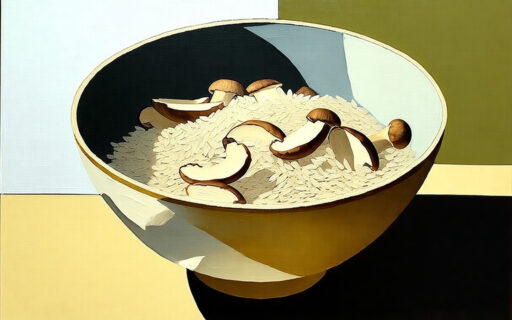
-
水炊き
Mizutaki is a local dish from Fukuoka, made by simmering chicken in plain water to extract natural flavors. Unlike other hot pots, it is not seasoned with soy sauce or salt during cooking.
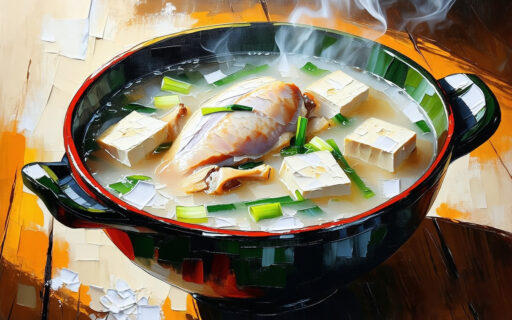
-
味噌汁
Miso soup is made by dissolving miso paste into hot broth. It includes a variety of ingredients like tofu, mushrooms, or spinach.
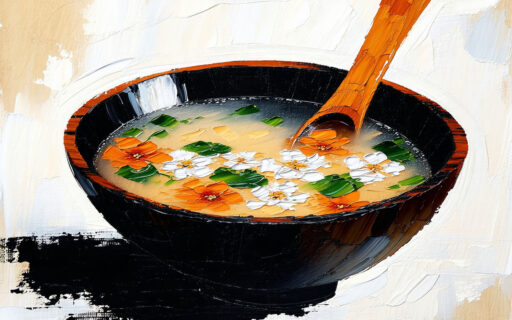
-
ミルクセーキ
A sweet drink made from milk, egg, and sugar. While usually served as a beverage in Japan, in Nagasaki it is blended with ice and eaten like a milkshake dessert with a spoon.

-
もんじゃ焼き
Monjayaki is a pan-fried batter dish from Tokyo’s downtown, different in origin from okonomiyaki. Its unique look may surprise foreigners, but its savory flavor pairs well with drinks.
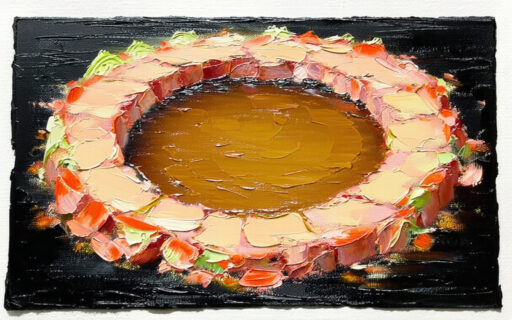
-
焼き芋
Yakiimo is a roasted sweet potato with a rich natural sweetness. The “ishiyaki” version uses heated stones to evenly roast it, creating a fluffy and caramelized texture.
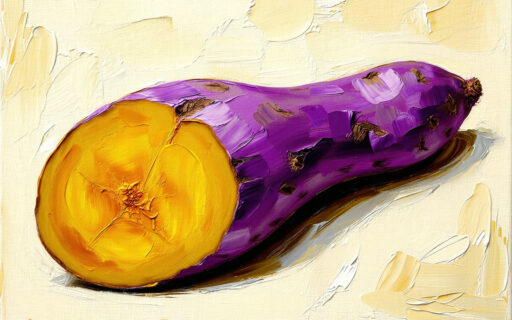
-
焼きおにぎり
Yaki onigiri is a grilled rice ball brushed with soy sauce, resulting in a crispy outside and fluffy inside. It usually contains no filling, allowing the simple flavor and aroma to stand out.

-
焼きそば
Yakisoba is a stir-fried noodle dish using Chinese-style noodles. In eastern Japan, it features rich sauce flavors, while in western Japan, lighter soy-based versions are common. A staple at summer festival stalls.
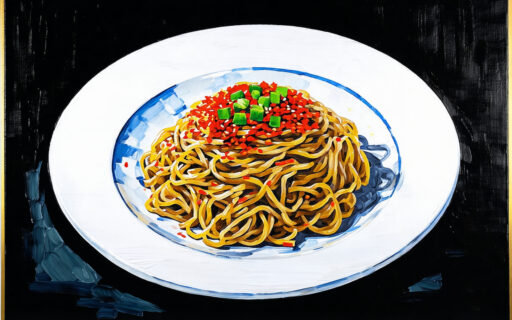
-
やきとり
Yakitori is a classic Japanese dish of skewered chicken grilled over charcoal and seasoned with either salt or sweet soy-based sauce. Each part of the chicken—like thigh, skin, liver, or gizzard—is served under unique names and flavors.

-
湯豆腐
Yudōfu is a simple hot pot made by warming water with kombu and gently simmering tofu. It is served with ponzu or soy sauce and condiments, highlighting the tofu’s delicate sweetness and warmth.
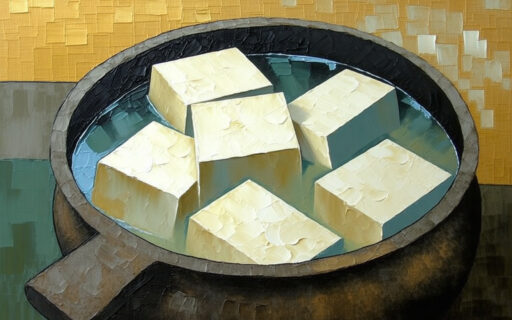
-
寄せ鍋
Yosenabe is a Japanese hot pot in which various ingredients—seafood, meat, vegetables, tofu—are “gathered together” and simmered in one pot. The broth becomes richly flavored, and ingredient combinations vary by season and household.
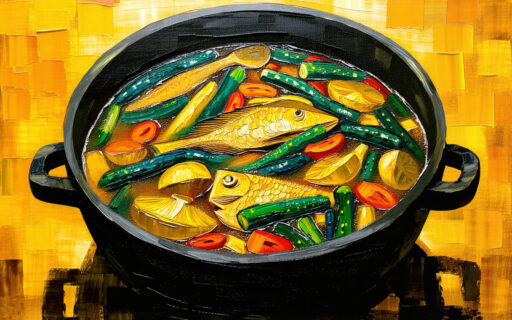
-
ラムネ
Ramune is a Japanese carbonated drink sealed with a glass marble. Its unique opening mechanism and nostalgic look make it a symbol of summer in Japan.
